Today Is The Bittersweet 15th Anniversary Of NASA’s Opportunity Rover Landing On Mars
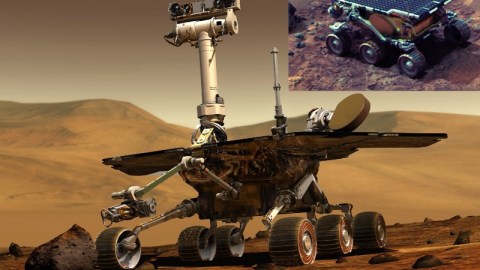
Although the great Martian dust storm of 2018 may have ended its life, its accomplishments will live on forever.
Note: This article was originally published on January 25, 2019 on Forbes.
On January 24, 2004, the Mars Opportunity rover began its mission on the surface of the red planet. Despite a huge series of failures when it came to missions-to-Mars leading up to it, the combined success of the Mars Pathfinder mission along with the newly developed giant airbag system gave scientists great hope that this new generation of rover would be an unprecedented success.
15 years later, we can look back on Mars Opportunity as an unparalleled triumph of science and engineering as far as robotic missions are concerned. Even though its solar panels were irreparably covered in dust during a storm last year, the fact that Opportunity lasted over 14 years after being designed for a 90-day mission serves as perhaps the most inspirational example of planetary science and exploration since the Apollo program. Here’s a look back.
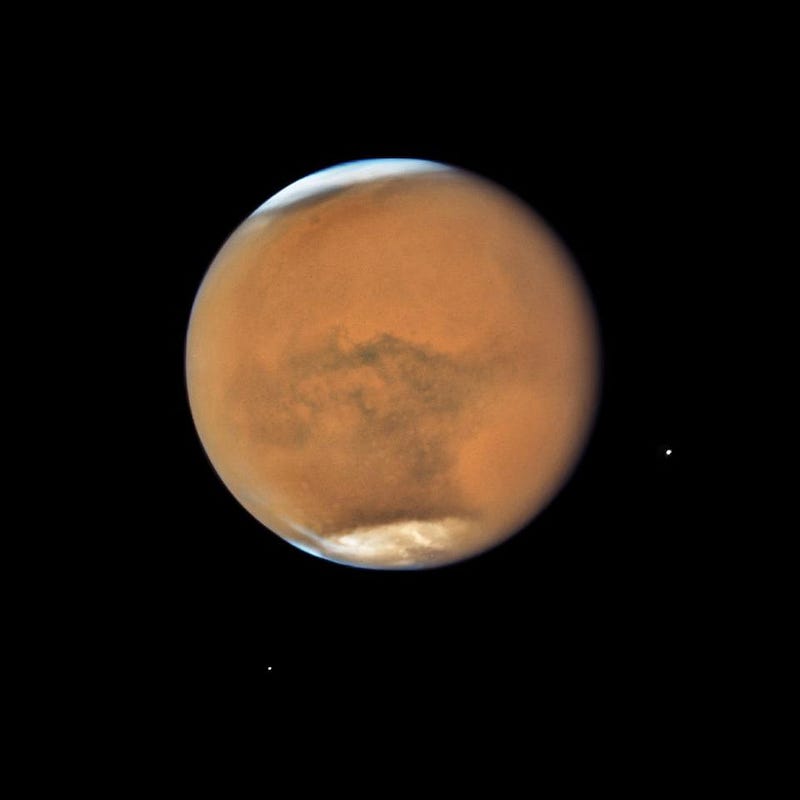
Mars is very, very different from Earth in a lot of important ways that pose some unique challenges. Yes, it’s red instead of blue and it’s smaller and less massive, but it has the following properties that make it an incredible challenge for landing on:
- There’s no water to splash down in; you’ve got to land on the unforgiving rocky surface.
- The atmosphere is very thin: less than 1% of what we have on Earth. Parachutes need to be huge to be even a little bit useful.
- But with so little atmosphere and a rotation period similar to Earth’s, the winds on the planet are spectacularly fast, typically in excess of 150 kilometers-per-hour.
All of that meant that this was incredibly risky. But the airbag solution was ingenious, since even though the rover weighed in at 180 kg (400 pounds), terminal velocity with the inflated airbags ought to be slow enough that it would survive the impact.
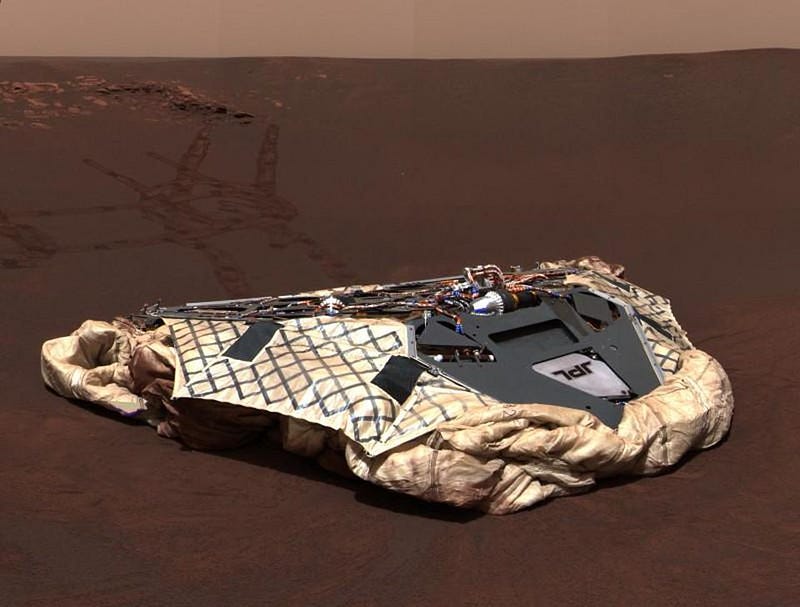
In January of 2004, both Opportunity and its twin, Spirit, successfully landed on Mars, deployed and began their journeys across the surface of our neighboring world. They were originally designed for a 90-day journey, but were deliberately over-engineered. After all, the rover from Mars Pathfinder, Sojourner, was only designed for a seven-day mission with a possible extension to 30, and yet it lived for eighty-three days.
Why couldn’t these Mars Exploration Rovers do even better? They were bigger, they were more powerful, they had more robust solar panels, and they had the advantage of seven additional years of technology development. Opportunity was designed for a 90-day mission and 2.5 million turns of its wheels, powered by its on-board solar panels (during the day) and by its batteries at night. Only time would tell exactly how Opportunity would wind up performing.
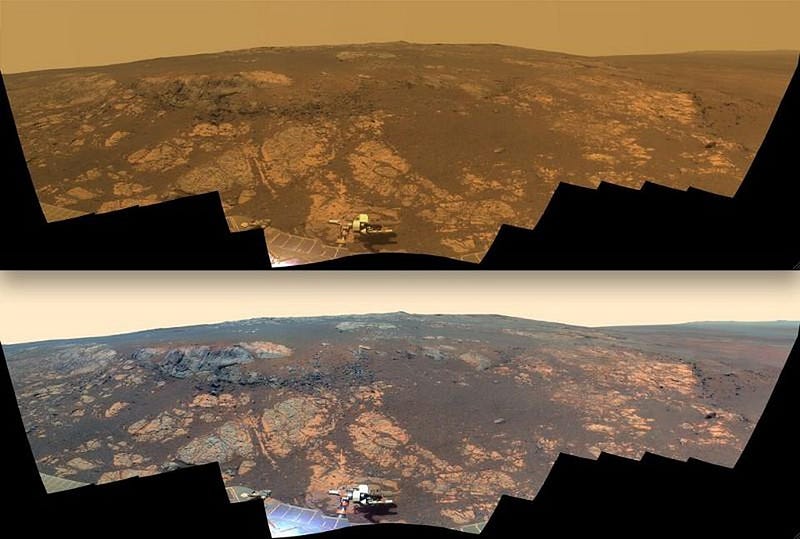
After more than 5,000 days, 45 kilometers of total distance traversed, and more than 90 million turns of its wheels, Opportunity had, to its credit, many lifetimes of Martian discoveries. The panorama above, shown in both true color (top) and false color (bottom) to highlight the different features in the terrain, is just one of a myriad of images from this unforgettable mission.
While the Curiosity rover, itself approaching its 7th anniversary on Mars, may be making today’s groundbreaking discoveries on the surface of the red planet, Opportunity still holds a number of records that are unlikely to be broken anytime soon, including the distance record for any human-made device on the surface of another world. In 2015, it became the first vehicle to pass 26.2 miles — or marathon distance — on another planet.
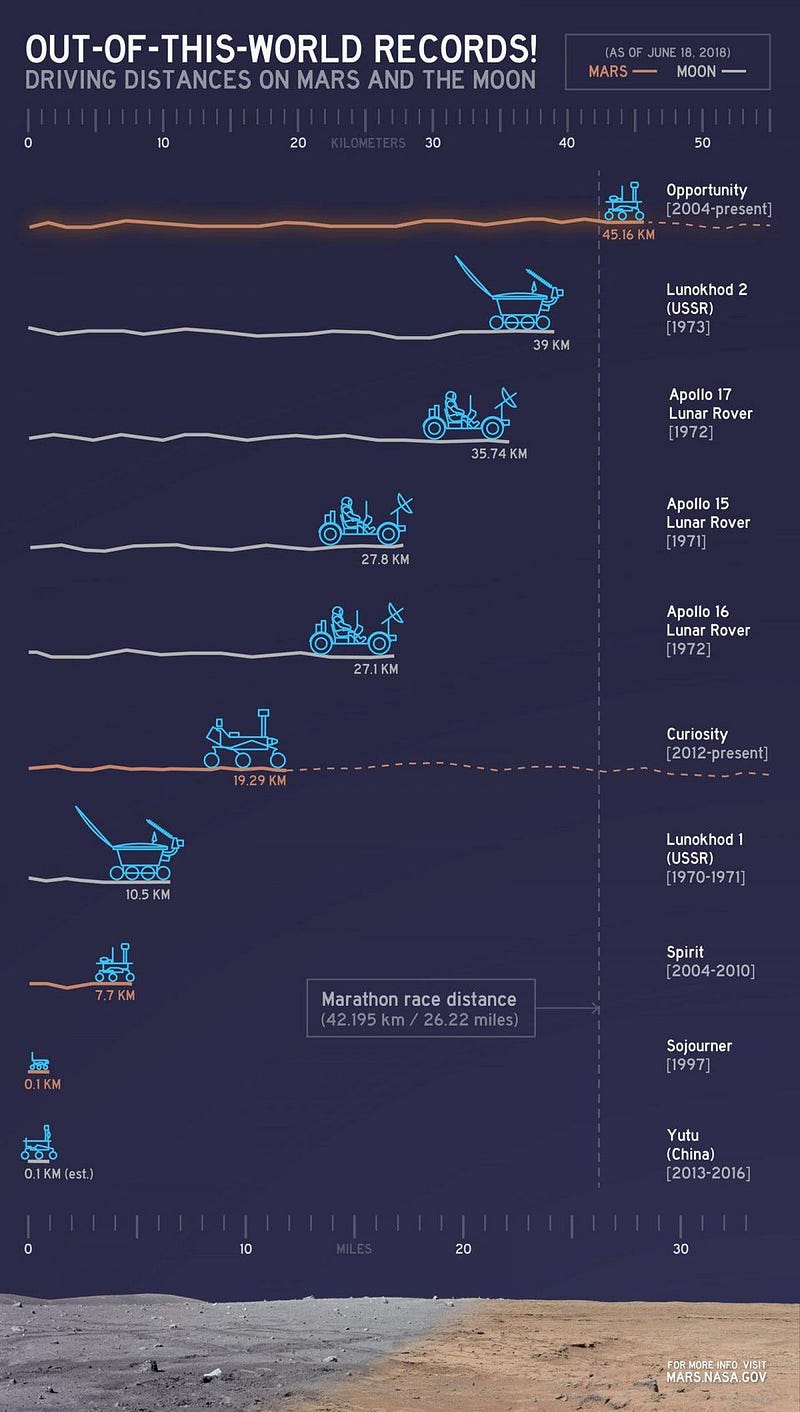
Although it hasn’t been officially declared dead, Opportunity is unlikely to recover. Its legacy isn’t simply one of longevity and perseverance, although those are certainly important components of the story. It’s also a testament to human ingenuity, clever techniques and tactics used to keep it running, and the lucky beneficiary of many cleaning events, where high winds have blown accumulated dust off of the solar panels, extending its life. Many are hoping that such an event could happen again, as it would have the potential to revitalize the rover under some scenarios.
Most importantly, though, Opportunity should be remembered for the series of discoveries it brought us concerning the Martian surface, and the new understanding we gained of what the terrain of Mars is actually like. Here are some of its top highlights.
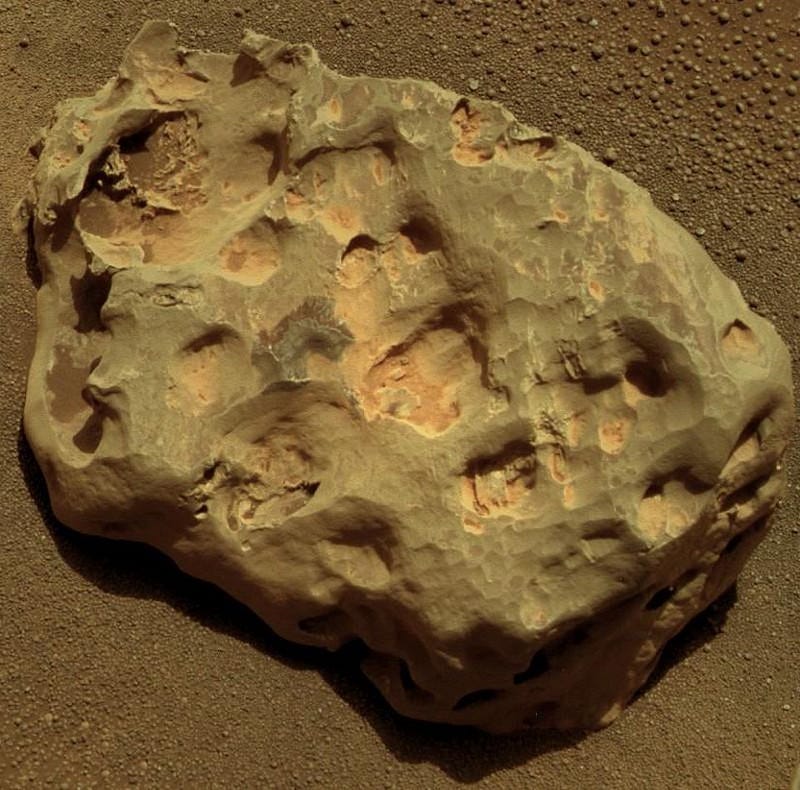
It discovered the very first meteorite — an iron-nickel fragment — on the surface of another world.
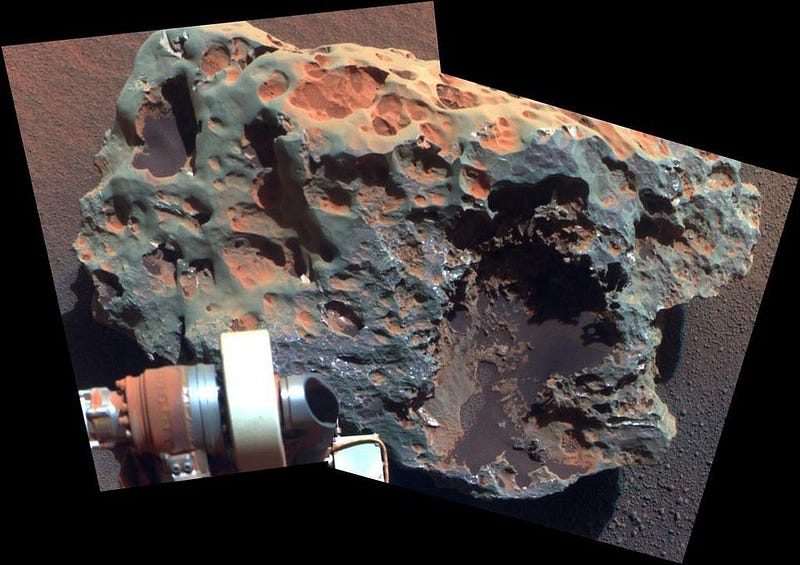
It showed, in fact, that these meteorites exhibit the same surface features that windblown sand creates on iron-nickel meteorites found in the desert here on Earth. This is exactly what you’d expect to find on Mars, whose environment very closely resembles the dry, desolate deserts of Earth.

Since it began its journey at Eagle Crater on Mars in 2004, Opportunity has taken an unprecedented journey to some spectacular places, including Endurance crater, where Opportunity was able, for the first time, to take a look at some of the sedimentary history of the Martian surface.

The hills and cliffs inside this crater are so steep that pieces of Mars’ geological history were revealed. This is actually the case for a large number of Martian craters, as the photo of Burns cliff inside Endurance crater shows.
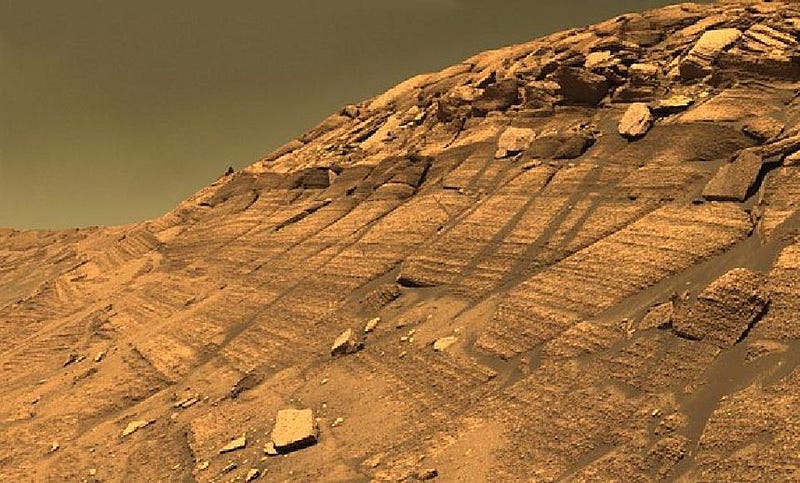
It also visited a slew of other interesting features, including the beautiful Erebus crater, with the unusual feature known as “Payson ridge” shown in the photo below. More than a decade after its discovery, we still haven’t uncovered the surefire origin of this ridge.

Opportunity also stopped off by Victoria Crater, which — with the assigned color shown here — looks like it could be right out of a scene here on Earth! Below, you can see it with one of its many outcroppings: Cape St. Vincent.
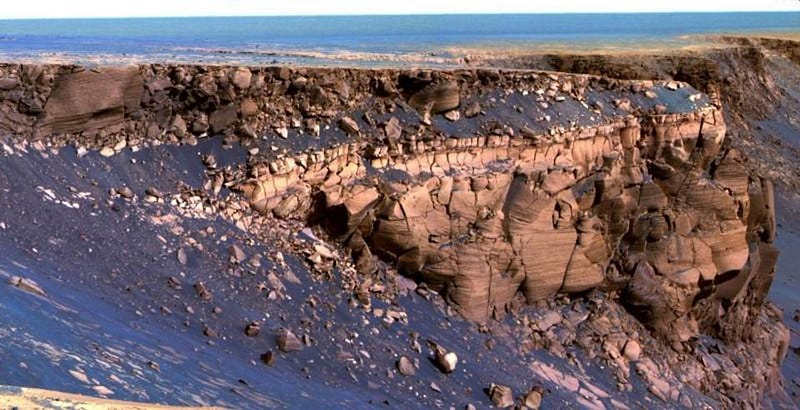
In the area surrounding Victoria Crater, as well as in a slew of other places, Opportunity found “Martian blueberries,” or hematite spheres that look to be evidence of past water on Mars.
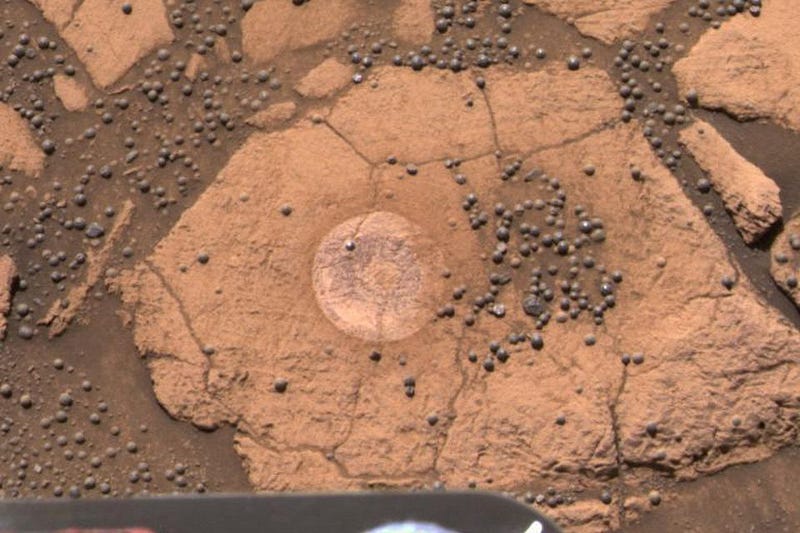
You might look at these spheres and immediately think of all sorts of non-water-based origins for them. Indeed, it’s conceivable that they could have come about through a few other geologic processes that spawned these in isolation.
But then, how would you explain that we’ve found some of them fused together?

That’s not something that currently has a viable explanation other than a watery past on the Martian surface.
After visiting Victoria crater, the decision was made that Opportunity would run the first Mars-half-marathon, and head to the gigantic Endeavour crater, despite the fact that its solar panels were only operating at 50%, thanks to being covered in years of Martian dust. You have to remember, that after years on the dusty surface and a completely dry atmosphere, Opportunity simply wasn’t prepared to deal with the buildup of material that would come to block the incoming sunlight.
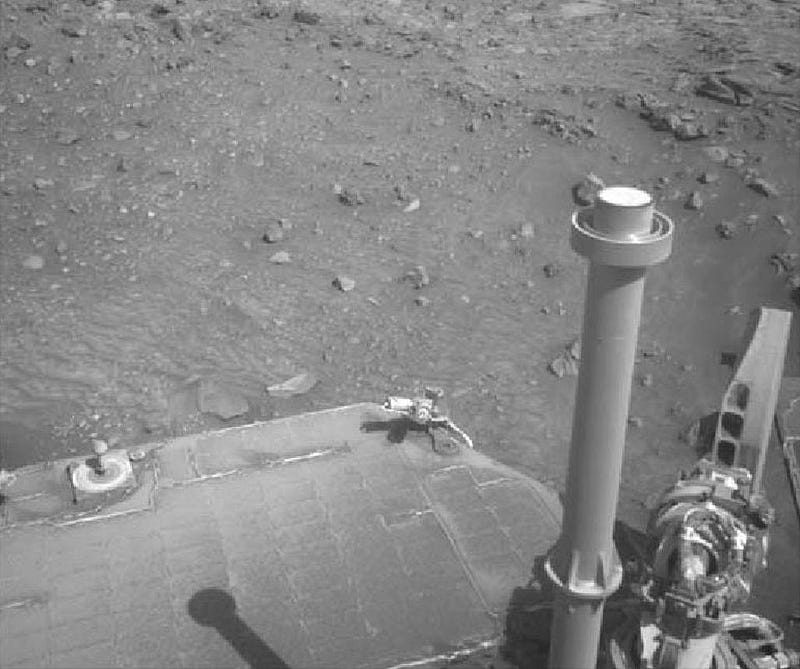
But part of how Opportunity lasted so long was just this: it got lucky.
For what was neither the first nor the last time, a simple gust of wind came along in 2009 and partially cleared off the panels, giving the eponymous rover the opportunity to make the spectacular journey in less time than anyone had anticipated: just three years! Here’s a rover’s-eye view of the journey.
In 2012, during the Martian winter, Opportunity took the most spectacular panorama of its entire journey: an 817-image-composite of Greeley Haven. Its own tracks are visible in the foreground, at left.
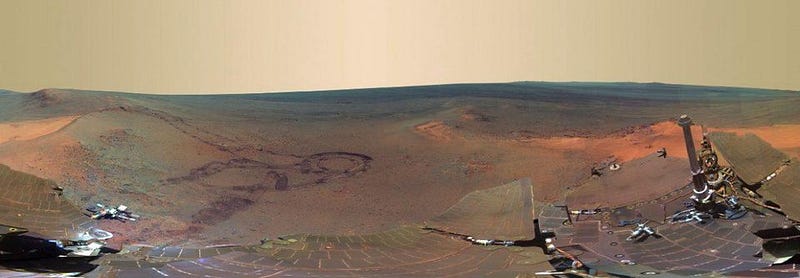
Greeley Haven was very close to the destination of Endeavour crater, which is special for a number of reasons. For one, it’s the largest crater ever visited by a rover or lander on another world, even at present. For another, the trip to Endeavour crater marks the longest journey ever taken on another world from source to destination.
But perhaps my favorite bit of trivia is that some of the names of remarkable features along the way have explicit meanings that are like little Easter Eggs for any enthusiast of space exploration.
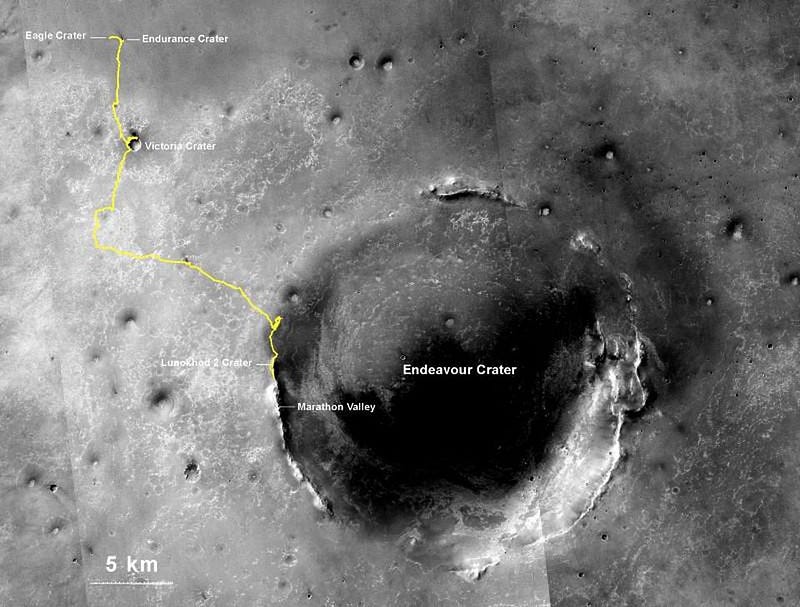
There’s a crater, marked above, called Lunokhod 2, named after the Soviet lunar rover that was the prior record-holder for traversed distances beyond Earth. The crater was so named because, upon reaching it, Opportunity tied its record.
Marathon Valley, reached in 2014, marked the first time that a vehicle on another world passed the 26.2 mile marker: a complete marathon as we know it on Earth.
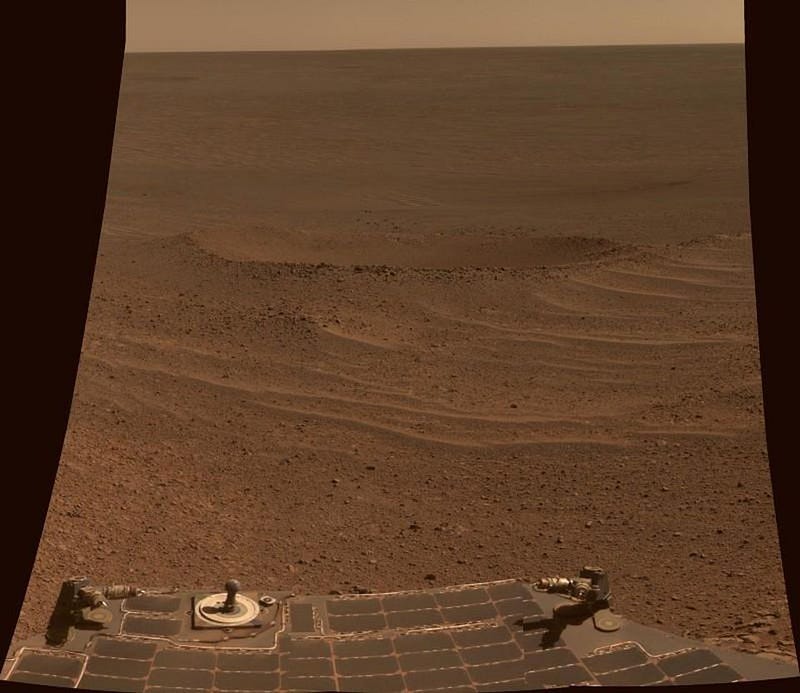
In hindsight, Opportunity’s demise could have been avoided. If one extra piece of equipment, such as a compressed air blower aboard a robotic arm, were installed, dusty solar panels could have been cleaned at will. Hunkering down to survive a dust storm, even one that blocked 100% of the light, wouldn’t be catastrophic so long as the rovers had enough power stored in their batteries to control and operate the blower mechanism.
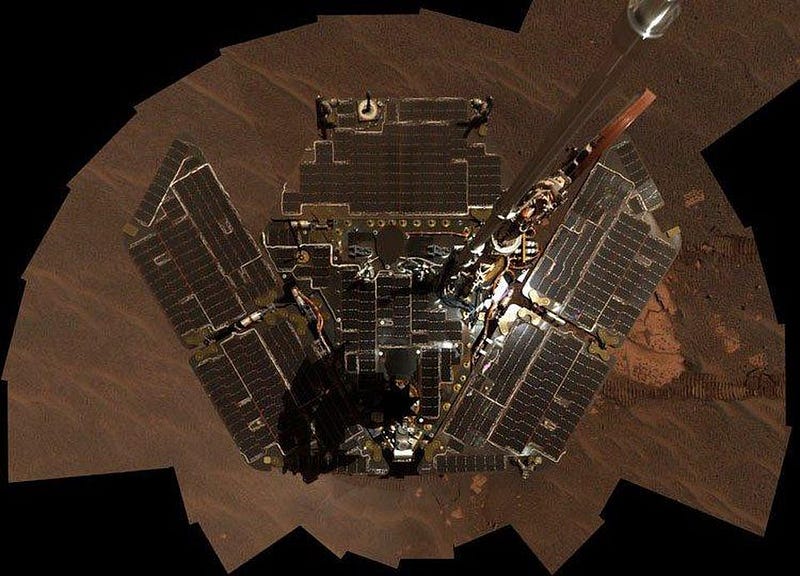
Had that been in place, Spirit could have saved itself from its 2010 fate, and Opportunity wouldn’t have suffered its likely 2018 demise. Still, even though hindsight is 20/20, it’s pretty hard to be sad about two missions that overachieved beyond anyone’s expectations.
Happy anniversary, Opportunity. Although no one’s expecting your return, you exceeded everyone’s expectations. Mars and Earth both are so much richer for what you’ve brought us, and today, after 15 years on the red planet, we celebrate you.
Ethan Siegel is the author of Beyond the Galaxy and Treknology. You can pre-order his third book, currently in development: the Encyclopaedia Cosmologica.





